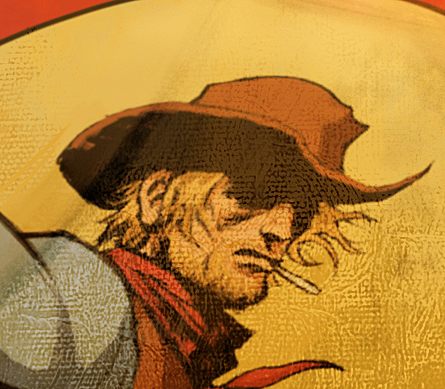![]()
Mark Tapscott interviewed the bus driver who last saw Joel Hinrich alive and also updates us on the discrepencies between the picture shown to Hinrich’s father of the body and what the bus driver saw:
Given the abundance of evidence surrounding Hinrichs’ death that suggests his death was not merely a suicide – contrary to the official explanation from the FBI – it is not surprising that speculation remains rampant about what actually happened at OU and why.
The FBI and the OU administration have been uniquely unhelpful in sorting things out, having pronounced an utter absence of Hinrichs links to any terrorist activity within 48 hours of his death.
Reasonably intelligent people keep looking at the slowly accumulating evidence in the case, however, and continue to think suicide looks like the least reasonable explanation for why Hinrichs died as he did – in an explosion caused by a highly combustible combination of chemicals favored by Middle Eastern terrorists.
One of the least discussed aspects of the Hinrichs case – for understandable reasons, no doubt – concerns the condition of his after detonation. His father was shown photographs of a “headless corpse” by the FBI several weeks after his son’s death.
Hinrichs Senior’s description of the body in the photo he was shown by the FBI seems to conflict with what an FBI investigator was told by a bus driver who saw Hinrichs just seconds before and after his death. The bus driver saw only “the bottom half of a man.”
Then last week the leader of the Norman, Oklahoma, Police Bomb Squad told Tapscott’s Copy Desk that Hinrichs’ body was essentially intact, except for the head and most of both arms, which were destroyed in the explosion.
As gruesome and unpleasant to think about as it is, these apparent discrepancies may be important clues in understanding why Hinrichs acted as he did.
So earlier today, I talked at length with Don Laughlin of Oklahoma City – the bus driver who walked within a few feet behind Hinrichs as the OU student sat on the park bench, then walked past him, thinking he was either asleep or praying.
Laughlin remains adamant about what he saw as he approached from behind Hinrichs on the park bench and when he looked back at it the instant after the explosion, which nearly knocked him to the ground:
“He had his face down, with the backpack beside him on the bench. He wasn’t moving. I thought he was either asleep or praying, so I kept whistling and walked on past him,” Laughlin said.
“I was about 120 paces past him when I heard the explosion. The impact about knocked me down. I saw a big plume of black smoke going up from the bench. At first I thought it was one of the buses,” Laughlin said.
“Then I looked at the bench. At first I thought ‘well, that’s the worst halloween trick ever,’ but then I realized what it was I was looking at,” Laughlin said. He estimated that he looked at Hinrichs body for “five seconds or so” before the reality of what had just happened hit him.
“I walked around him, his arm was dangling off the back of the bench. It just looked like a bag of legs and black goop plastered all over the bench, all over my bus,” Laughlin said.
Asked if he saw a torso, Laughlin said “I didn’t see a body, it was just a bunch of goop. It was starting to get dark and maybe I missed it. I remember so vividly that arm dangling off the back of the bench there.”
The bomb that killed Hinrichs contained two-to-three pounds of triacetone triperoxide, or TATP, an amount sufficient to do a tremendous amount of physical damage had it been detonated inside the nearby football stadium.
Laughlin said there were four or five busses, including his own, parked within a few feet of the park bench and that the immediate area would have had “hundreds of people there after the game.”
He said he was questioned only once by the FBI after he gave his initial statement to the Norman Policy Department. He said he has not heard from officials with the investigation since that lone conversation.
While working in law enforcement I have seen many a gruesome scene, and have seen how some witnesses can be so traumatized by witnessing the scene they will report a very different description of the body or evidence. Most of this is due to psychology that I do not understand fully but I do know every person deals with different events differently. So while this descrepency is interesting, I do not think it adds up to much.
Why the FBI is so adamant about calling this a suicide I cannot explain.
The Pakistani roommate with a ticket to Algeria, the fragmentation supplies found in his apartment along with the additional explosives, the radical Islamic papers found in his apartment, the reports that Hinrich attended the Mosque near his apartment, the very same mosque that Moussaoui attended….all that evidence and still they come to the conclusion it was just some depressed kid wanting to commit suicide by blowing himself up…..Riiiiight.
The Pakistani roommate with a ticket to Algeria, the fragmentation supplies found in his apartment along with the additional explosives, the radical Islamic papers found in his apartment, the reports that Hinrich attended the Mosque near his apartment, the very same mosque that Moussaoui attended….all that evidence and still they come to the conclusion it was just some depressed kid wanting to commit suicide by blowing himself up…..Riiiiight.

See author page

